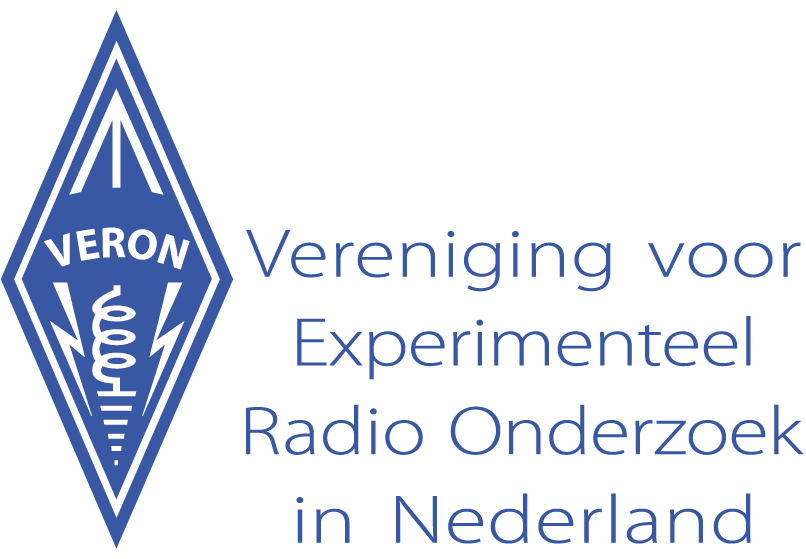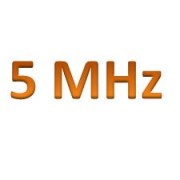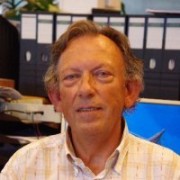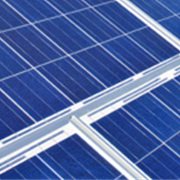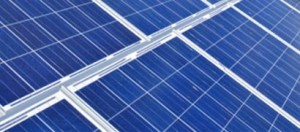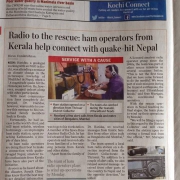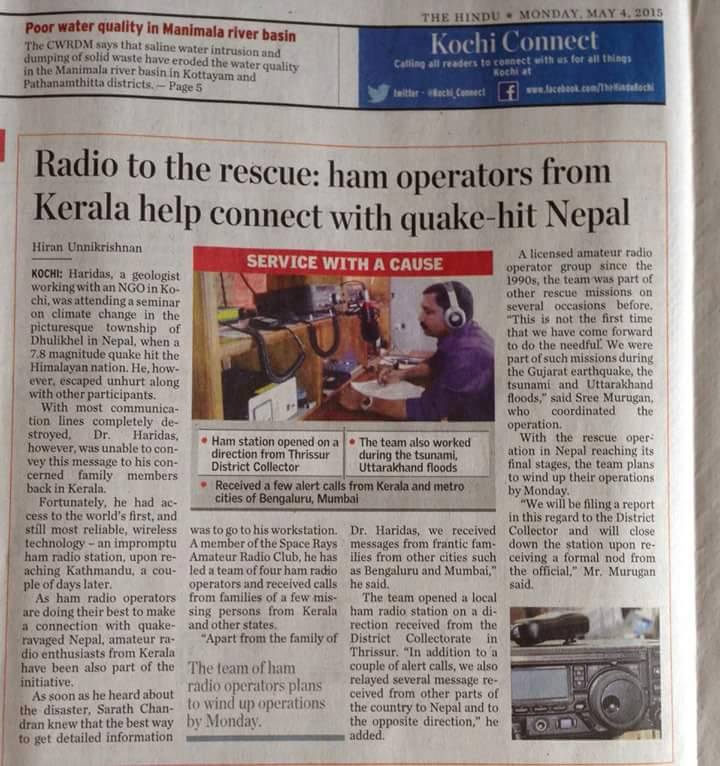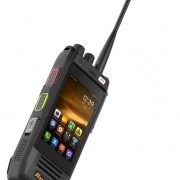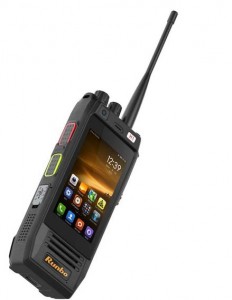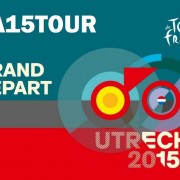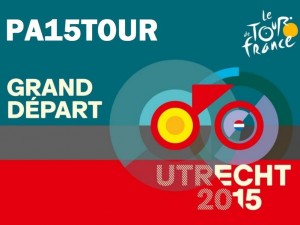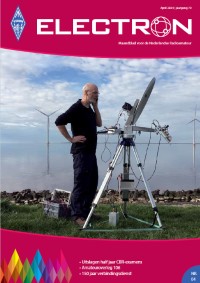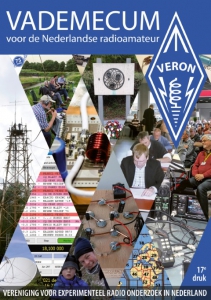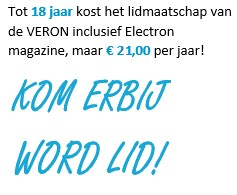 Van onze Roemeense zustervereniging FRR ontving het hoofdbestuur aangepast regels voor de YO DX HF CONTEST 2015. Deze vindt plaats op 29 en 30 augustus. Hieronder alle contestregels.
Van onze Roemeense zustervereniging FRR ontving het hoofdbestuur aangepast regels voor de YO DX HF CONTEST 2015. Deze vindt plaats op 29 en 30 augustus. Hieronder alle contestregels.
I. Organizer
Romanian Amateur Radio Federation (FRR).
II. Objectives
All the radio amateurs around the world are invited to make as many possible contacts with YO amateurs and other amateurs from different DXCC countries. Having fun and improving the operating skills in a fair play competition are the main objectives.
III. Contest Period
Last full weekend of August:
Saturday 12:00:00 UTC – Sunday 11:59:59 UTC (24 hours)
For 2015: August 29 12:00:00 – August 30, 11:59:59 UTC
IV. Bands and Modes
From 80 m to 10 m, except the WARC bands, in the band segments corresponding to the selected mode (CW and SSB).
The same station can be worked once in CW and once in SSB, in the appropriate band segments according to the IARU band plan.
V. Categories
A. SO-AB-CW-LP
B. SO-AB-CW-HP
C. SO-AB-SSB-LP
D. SO-AB-SSB-HP
E. SO-AB-Mixed-LP
F. SO-AB-Mixed-HP
G. SO-SB-Mixed (3,5; 7; 14; 21; 28 MHz, regardless the power)
H. MOST-AB-Mixed
I. YN (youngster and novice) operators under 16 years of age or with maximum 3 years since the first authorization, proven with a copy of the appropriate documents.
LP – no more than 100 W output / HP – more than 100 W output.
VI. Contest exchange
Foreign stations will transmit RS(T) + serial number, starting with 001.
Romanian stations will transmit RS(T) + abbreviation of the county or BU for stations from Bucharest.
The YO counties abbreviations by call areas are:
YO2: AR, CS, HD, TM
YO3: BU, IF
YO4: CT, BR, GL, TL, VN
YO5: AB, BH, BN, CJ, SM, SJ, MM
YO6: BV, CV, HR, MS, SB
YO7:AG, DJ, GJ, MH, OT, VL
YO8: BC, BT, IS, NT, SV, VS
YO9: BZ, CL, DB, GR, IL, PH, TR
* Please listen carefully, the exchange reports received from the Romanian stations.
The station call sign does not always identifying the station’s location.
According to the Romanian Amateur Radio Service Regulation, a station authorized in a particular call area can operate also from another call areas without adding /P or /number of the call area
VII. QSO Points
Foreign stations:
1 QSO with a Romanian station – 8 points
1 QSO with a station outside the own continent – 4 points
1 QSO with a station from the own continent – 2 points
1 QSO with a station from the own DXCC country – 1 point
*Duplicate QSOs (dupes) are not penalized and it is recommended to be kept in the log. In addition, it is not necessary to be marked in any particular way in the log.
VIII. Multipliers
For the foreign stations (from outside Romania): the DXCC entities + Romania’s counties (only once/band, regardless the mode).
Romania (YO) shall not be counted as a separate multiplier.
IX. Final score
Total QSO points on all bands X (multiplied by) the sum of multipliers on all bands.
X. General Rules
a) All transmitters and receivers must be within a single 500-metre radius circle.
All antennas used by an entrant must be physically connected to the transmitters by wires (feeders).
b) Single Operator participants may change bands and modes without restrictions. Only one signal can be transmitted at any given time.
c) MOST stations are limited by 10 minutes rule. Only one transmitted signal on one band permitted during any 10-minute period (run transmitter). Exception: One and only one other transmitted signal (multiplier transmitter) may be used during any 10-minute period, if and only if it is on a different band than the run transmitter and the station worked is a new multiplier. The run and multiplier transmitters are governed by independent 10-minute rules. Ten-minute periods begin with the first QSO on a band. The log must indicate which transmitter (run or multiplier) made each QSO. The multiplier transmitter may not call CQ or solicit contacts.
d) The use of the DX-Cluster system (packet cluster, web cluster) is allowed, for all categories of participants.
e) Forbidden and penalized with disqualification:
– Self-spotting (posting your own call on the cluster)
– Fake spotting (posting on the cluster using fake call signs)
– Spotting of your call sign by other stations because of a prearranged solicitation (by phone, fax, internet, mail, etc.)
– Remote receivers outside the station location.
f) The use of public Skimmer and/or Reverse Beacon Network is allowed for all categories. The use of a local skimmer is allowed only if its hardware is located in the same location with the entrant station (within the 500 m radius circle).
g) Remote operation is permitted if the physical location of all transmitters, receivers and antennas are at one station location. A remotely operated station must obey all station license, operator license, and category limitations.
h) Post-contest correcting of call signs by using any database, recordings or confirming QSO’s is not allowed.
XI. Instructions for Preparation of Logs
All logs should be submitted in Cabrillo format (even check logs).
Other recommendations:
All times must be submitted in UTC (time differences of maximum +/-5 minutes are allowed between correspondents)
The complete controls exchanged during the QSO must be reported
The name of the file must contain the call sign of the participant. The file will have the extension .cbr or .log
The header of the log must contain the category, name and complete address, the association or club name, as well as other specific information (age, if under 16, XYL/YL, etc.). Additionally, if the participant wants to be framed in a specific band, although he worked in multiple bands, this will be specified in the header.
Paper based logs are also accepted. These will be converted in .cbr format by the referees or other volunteers who are not competing for the first positions. The errors, which might appear while introducing the data, shall not be disputed after publishing the scores.
It is not necessary to provide the points or the final score. This will be done by the verification software.
Duplicate QSOs do not have to be marked or left out of the log.
Logs must be submitted within 30 days after the contest.
The email address is: yodx-contest@hamradio.ro
The postal address is: FRR, PO Box 22-50, RO-014780 Bucharest 22, Romania
For the electronic submission, in the “Subject” line of your email please include your call sign. Participants will receive a confirmation email in maximum 72 hours after the log has been received.
XII. Trophies and Awards
Participants on 1st, 2nd and 3rd places from each category will receive awards.
The 1st place on each category (according to chapter V) will receive a plaque.
A separate classification will be issued for each country. Depending on the number of participants from each country, awards will be offered:
1-9 participants: 1st place
10-19 participants: also 2nd place
20-29 participants: also 3rd place, etc.
A Top 10 by continent classification will be issued. The winner of each continent will be awarded with a plaque.
Plaques will be offered to the operator with age under 16 and to the YL/XYL operators with the highest score (only if they submitted the contest log and if the requested information is specified in the log).
All the stations that submitted the log will receive by e-mail a Participation Certificate in electronic format (PDF), the final scores and any news regarding YO DX HF Contest.
XIII. Declaration
By submitting an entry in the YODX HF Contest, you agree that:
a) You have read and understood the rules of the contest and agree to be bound by them;
b) You have operated according to all rules and regulations of your country that pertain to amateur radio service;
c) Your log entry may be made open to the public;
d) All actions and decisions of the YODX HF Contest Committee are official and final.
For any questions regarding YODX HF Contest, please feel free to contact Mr. Ovidiu Orza YO2DFA – Contest Manager at the following address – yo2dfa@yahoo.com
Marius Mitrut, YO3CZW
General Secretary
Federația Romana de Radioamatorism
(Romanian Federation of Amateur Radio)
www.hamradio.ro
E-mail: frr@hamradio.ro
 Het wijzigingstraject voor het NFP is gestart. Je kunt dit o.a. zien doordat momenteel de publieke consultatie van de veranderingen in het NFP loopt. Te zien op www.internetconsultatie.nl/nfp_wijzigingspakket_2015_1
Het wijzigingstraject voor het NFP is gestart. Je kunt dit o.a. zien doordat momenteel de publieke consultatie van de veranderingen in het NFP loopt. Te zien op www.internetconsultatie.nl/nfp_wijzigingspakket_2015_1